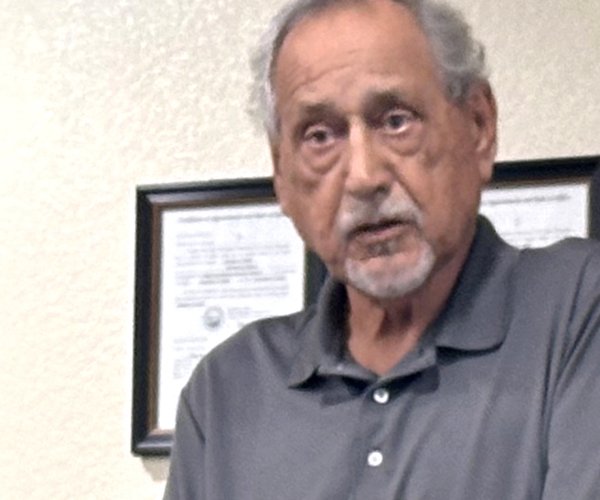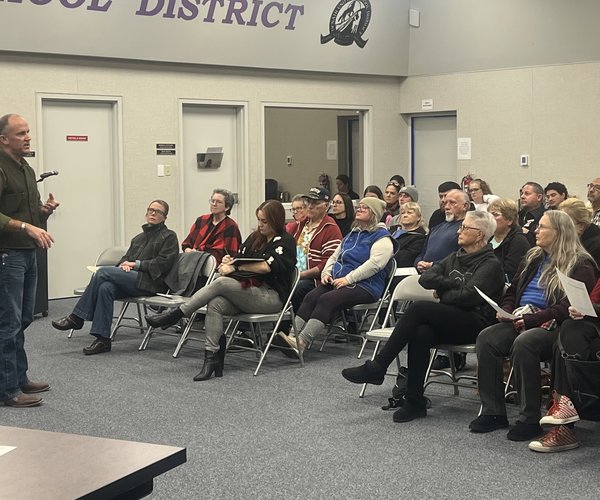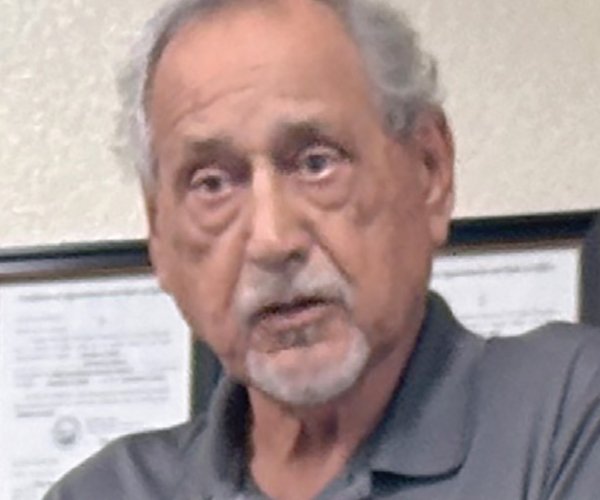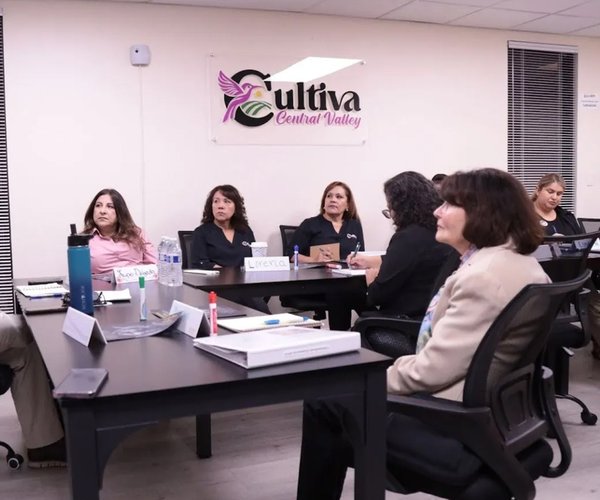The City of Turlock will face a less severe budget deficit than originally estimated, but cuts still need to be made. On Thursday, the Turlock City Council budget subcommittee took a look at the police and fire budgets, entertaining suggestions that could see Turlock’s K-9 program cut.
The budget gap has fallen from initial projections — dropping from $5.4 million to $4.3 million in 2010-11 and from $6 million to $4 million for the next fiscal year. Those savings come from a reduction in department costs for self-insured workman’s compensation and unemployment insurance, as the subcommittee learned Tuesday it had overfunded those accounts in past years.
Despite the savings already found, Turlock still needs to cut about 16 percent of its budget to break even.
“That has immediate material and ongoing change in the gap we are facing, but it does not solve that gap,” said City Manager Roy Wasden.
This year’s $4.3 million deficit does not include a line item for unexpected expenditures, which have averaged about $1 million in past years. The budget also does not include equipment replacement savings, which have also been foregone for the past two cash-strapped years.
“We know we’re going to have to replace equipment and that’s the boogeyman sitting out on the ledge right now that no one wants to talk about,” said Councilman Ted Howze, who sits on the committee.
Turlock has about $16 million in reserves — up from a projected $12 million, again due to the overfunding of self-insurance accounts — but hopes to only use about $2 million in reserves this year and next as it approaches a sustainable, break-even budget by the end of 2012.
Police Chief Gary Hampton proposed a relatively status quo budget for the police department, which has already cut $2 million from its operating costs in the past two years. Five officers were eliminated in 2009, while a further four officers were removed from the general fund in 2010, instead funded by a federal grant.
But $87,000 in additional cuts were proposed for this year, including an elimination of the Turlock K-9 program.
Turlock currently spends $47,000 annually to maintain two police dogs.
“The feasibility of continuing to operate the program at the $47,000 does not appear to be cost effective for us,” Hampton said.
Turlock’s dogs are nearing the end of their service lives, which would force the costly process of replacing the dogs and training the new canine police officers. The dogs just aren’t used often enough to justify the cost, Hampton said.
The reduction would also save the police department $100,000 in vehicle replacement costs by repurposing the two current K-9 cars into supervisor vehicles, reducing the police fleet by two vehicles. The supervisor vehicles are due to be replaced because of high mileage.
Howze appreciated the cuts proposed, but asked Hampton to return with suggestions to cut an additional $600,000 from the police department budget.
Over 90 percent of the police department budget is personnel costs, leaving little wiggle room. Of a $17 million budget, only about $450,000 is discretionary, Hampton said, and that’s currently used for everything from road flares to report forms and repairing broken chairs.
Hampton said the department couldn’t cut sworn officers and still be eligible for federal assistance. A federal grant currently pays for four officers. He estimated that six or seven non-sworn officers would need to be cut to realize those savings. The essential services those non-sworn officers currently perform would then have to be assumed by higher-paid sworn officers, reducing patrol levels.
“It will absolutely result in the reduction of services,” Wasden said.
The city remains in negotiations with the police union over possible cost savings which would not require staffing reduction. Hampton said as much as $250,000 in savings was currently under discussion.
The Turlock City Fire Department also hopes to achieve some of their savings through labor group negotiations, with a plan in progress that could cut costs by 9 percent without cutting employees. That’s on top of a 4 percent reduction already realized from self-insurance cost reductions.
But even with the 4 percent savings, the fire department must find some way to save at least another $300,000 if those labor negotiations fall through, according to Howze.
“Labor negotiations may handle a good part of this, but we still need to hear this out,” Howze said.
The fire department did not prepare such a cost-savings alternative for Thursday’s meeting. But a prepared 8 percent reduction — about twice the $300,000 figure —would call for the elimination of four firefighters, one manager, and the dismissal of all part-time staff. Additionally, the proposal suggested eliminating some training, medical assistance and psychological evaluations.
To contact Alex Cantatore, e-mail acantatore@turlockjournal.com or call 634-9141 ext. 2005.





